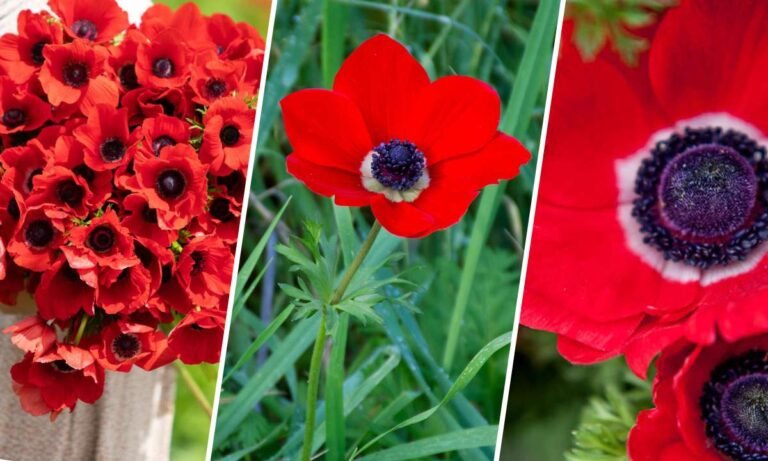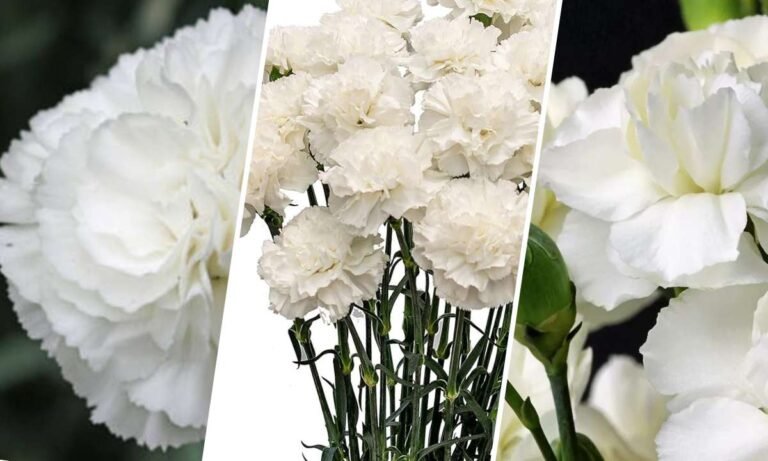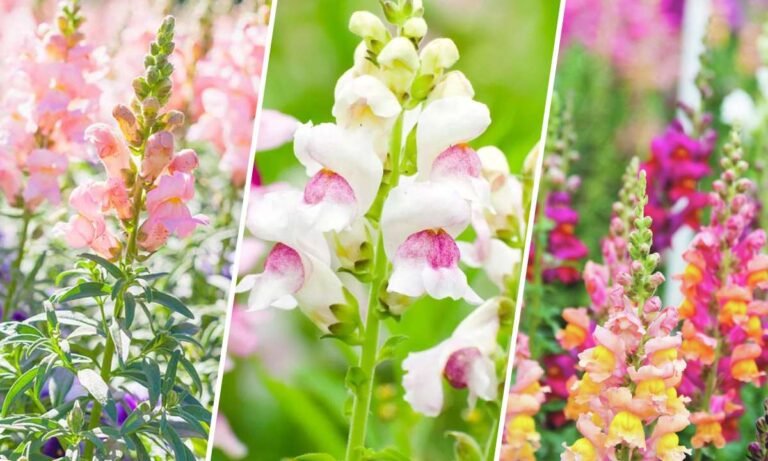Introduction to Blue Hydrangeas
Blue hydrangeas are stunning flowers that have captivated garden enthusiasts and flower lovers worldwide. Their large, ball-shaped clusters of vibrant blue petals make them visually striking, but they also carry rich symbolism across different cultures.
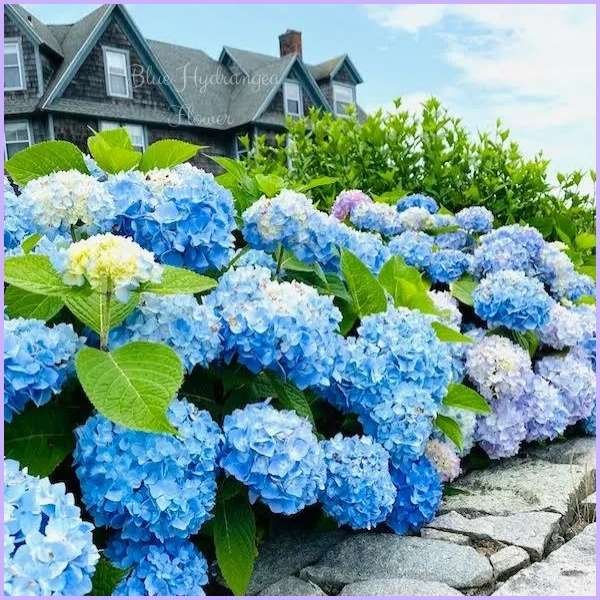
Botanical Overview
Scientific Classification
The blue hydrangea, scientifically known as Hydrangea macrophylla, belongs to the Hydrangeaceae family. Originally from Japan, this plant is now widely cultivated around the globe. A unique trait of hydrangeas is their ability to change color based on the soil’s pH level, but the blue variety is particularly prized for its vivid hue.
Growing Conditions
To achieve the mesmerizing blue color, hydrangeas need acidic soil with a pH level between 5.2 and 5.5. The plant absorbs aluminum ions from the soil, resulting in the blue pigmentation. Gardeners often add aluminum sulfate to the soil to enhance this color. Blue hydrangeas thrive in well-drained, moist soils and prefer partial to full sunlight, making them a versatile addition to any garden.
Historical and Cultural Significance
Japanese Culture
In Japan, blue hydrangeas symbolize gratitude and apology. They are often given as a gesture of thanks or to convey a heartfelt apology. The flower’s ability to change colors also represents the shifting nature of human emotions.
Victorian Era
During the Victorian era, blue hydrangeas symbolized frigidity and heartlessness, stemming from the plant’s abundant blossoms, which were seen as a sign of vanity. However, this symbolism has evolved, and today, blue hydrangeas are more commonly associated with deep emotions and understanding.
Symbolism of Blue Hydrangeas
Expression of Emotions
Blue hydrangeas are widely recognized as symbols of sincerity, gratitude, and heartfelt emotions. The deep blue color is linked to strong feelings and deep understanding. When given as a gift, they express genuine gratitude, making them popular in thank-you bouquets.
Mysticism and Intuition
In spiritual traditions, blue is associated with the throat chakra, symbolizing communication, intuition, and clarity. The calming hue of blue hydrangeas is believed to enhance these qualities, promoting peaceful and open communication.
Renewal and Regeneration
As perennial plants, hydrangeas return year after year, symbolizing renewal and regeneration. The vibrant blue hydrangea embodies the idea of rebirth and continuous growth.
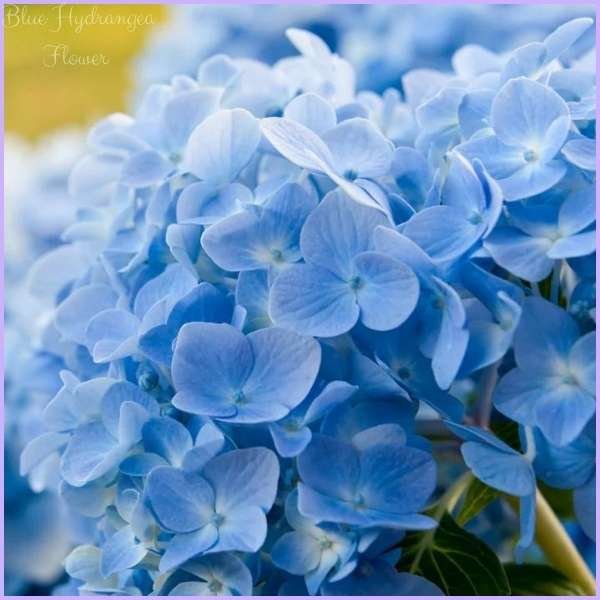
Uses in Modern Contexts
Gardening and Landscaping
Blue hydrangeas are favorites among gardeners and landscapers due to their striking appearance and relatively easy care. They create focal points in gardens, enhance border plantings, and add color to shaded areas, thriving in various conditions.
Floral Arrangements
In floral design, blue hydrangeas are prized for their large, lush blooms that add volume and texture to arrangements. They are commonly used in wedding bouquets, centerpieces, and decorative installations. Their meanings of gratitude and sincerity make them meaningful in floral gifts for special occasions.
Therapeutic Uses
The calming blue hue of hydrangeas can promote relaxation and reduce stress. In color therapy, blue is used to soothe the mind and body, making blue hydrangeas a popular choice for creating peaceful environments.
How to Care for Blue Hydrangeas
Planting Tips
For healthy growth and vibrant blooms, plant blue hydrangeas in well-drained soil enriched with organic matter. Choose a location with morning sun and afternoon shade to protect the plants from the harsh midday sun. Regularly monitor the soil’s pH and adjust as needed to maintain the blue color.
Watering and Fertilizing
Hydrangeas need consistent moisture, especially during dry periods. Water deeply to encourage strong root development and apply mulch to retain soil moisture. Fertilize in early spring with a balanced, slow-release fertilizer to support robust growth and abundant flowering.
Pruning and Maintenance
Prune hydrangeas in late winter or early spring to remove dead or weak stems and promote healthy new growth. Deadheading spent blooms can encourage additional flowering throughout the season. Regular maintenance and monitoring for pests and diseases will keep your hydrangeas thriving.
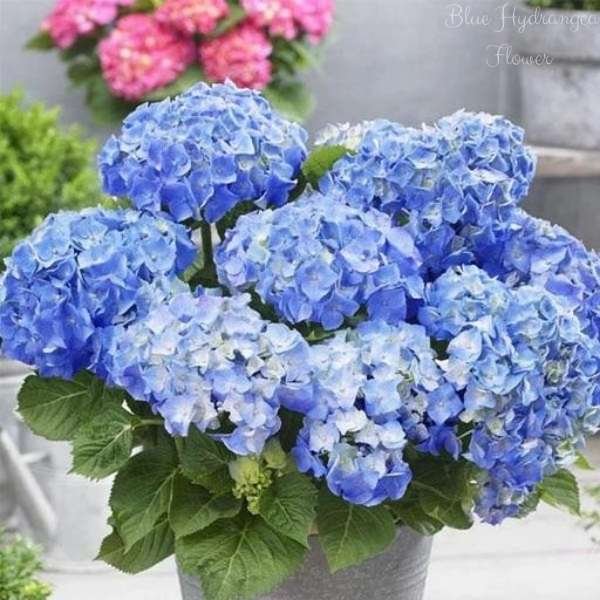
Conclusion
Blue hydrangeas are more than just beautiful flowers; they symbolize deep emotion, gratitude, and renewal. Whether in gardens, floral arrangements, or therapeutic settings, these versatile plants offer both aesthetic and symbolic value. By understanding the care and significance of blue hydrangeas, we can fully appreciate their role in our lives and the natural world.

